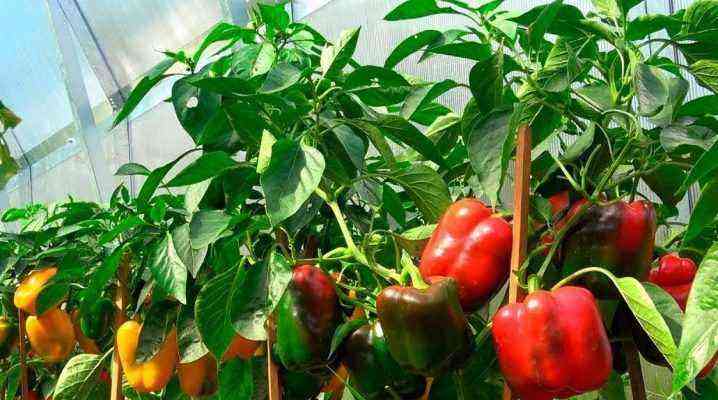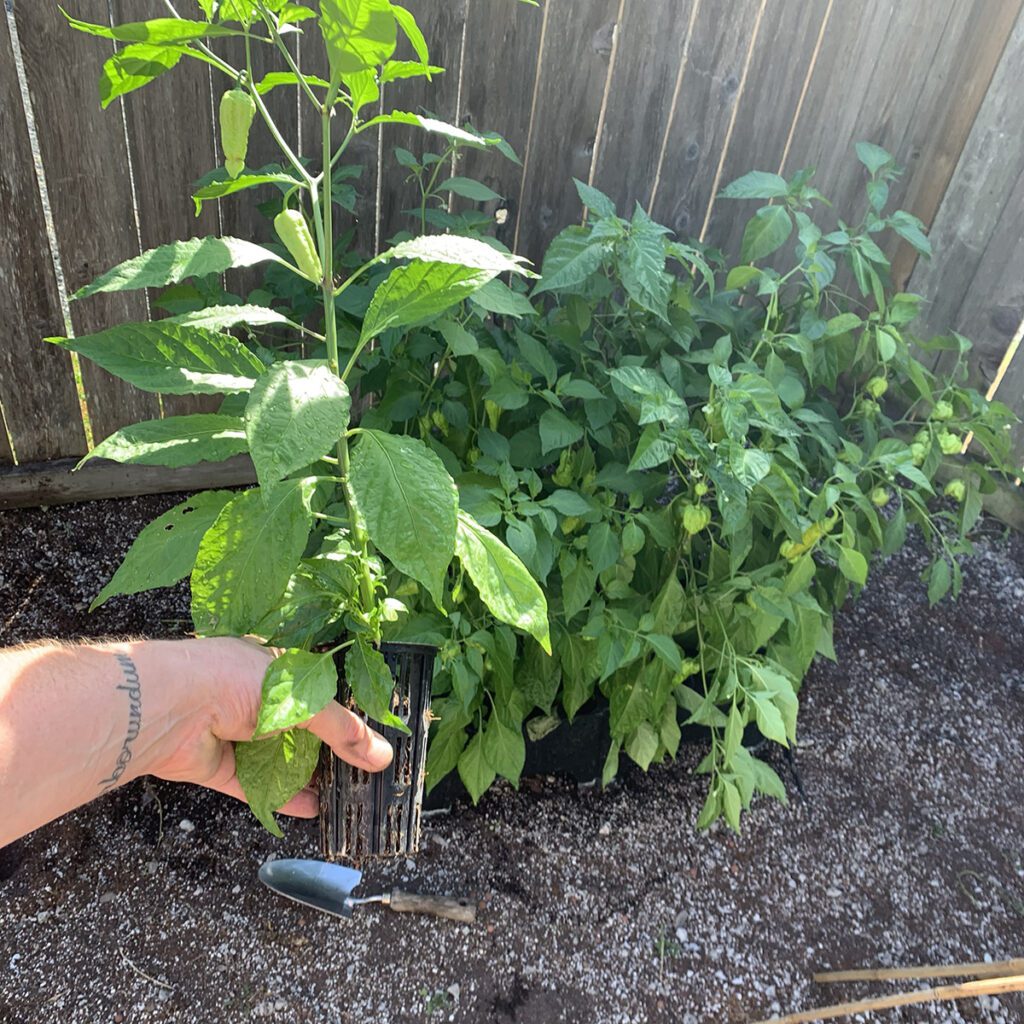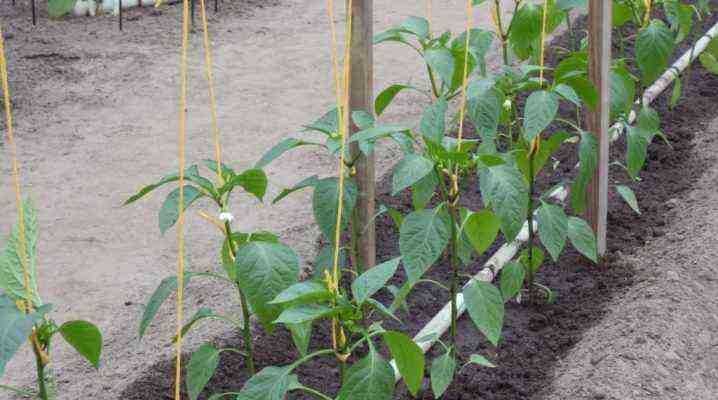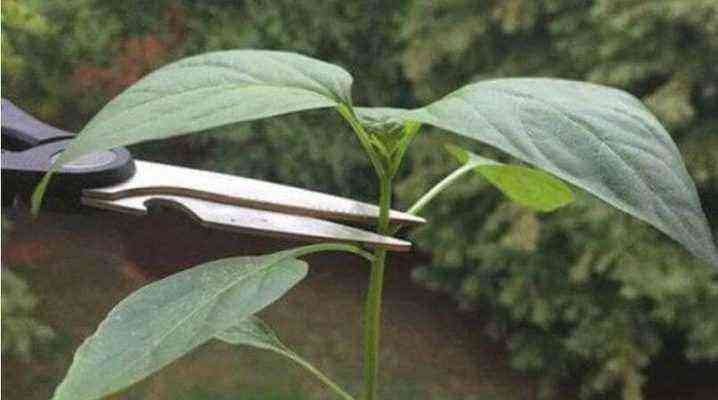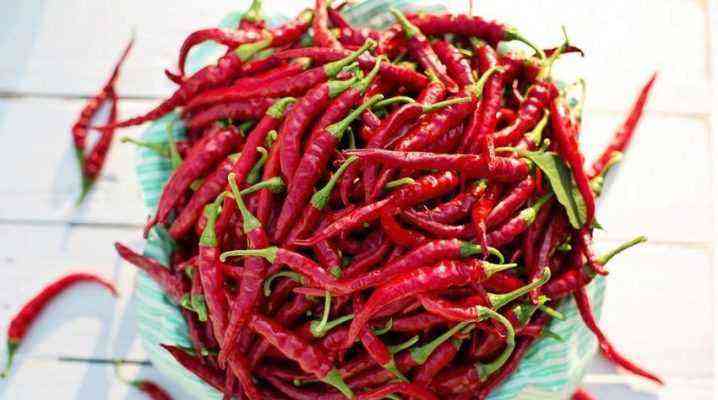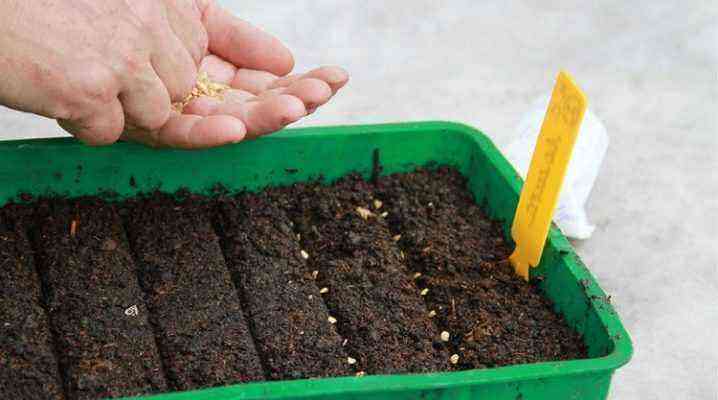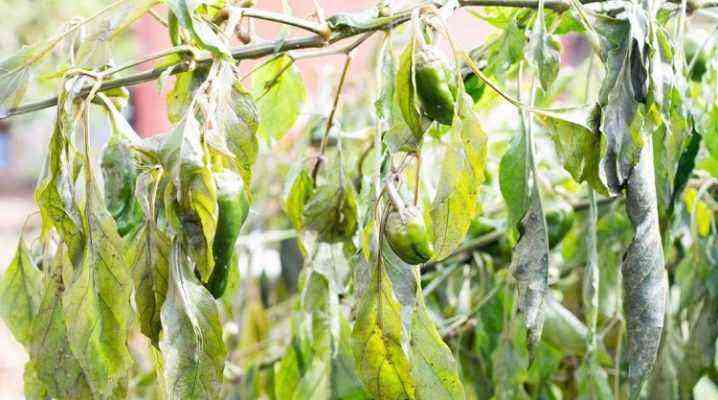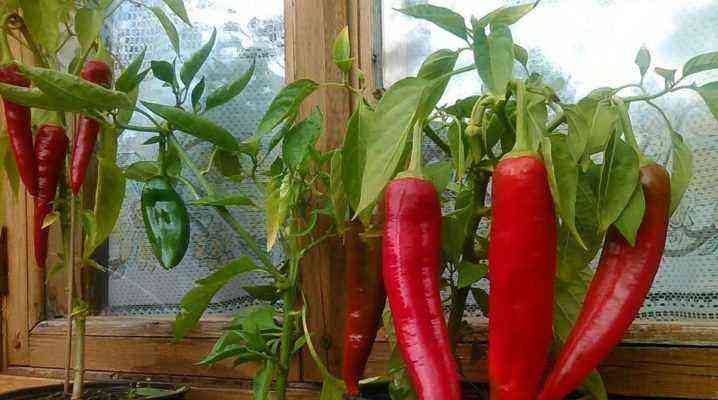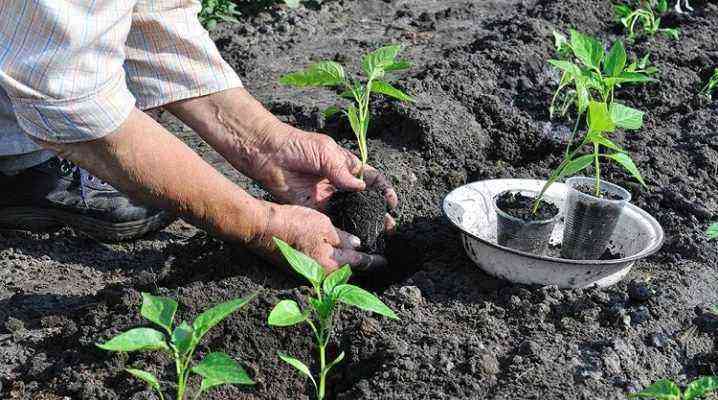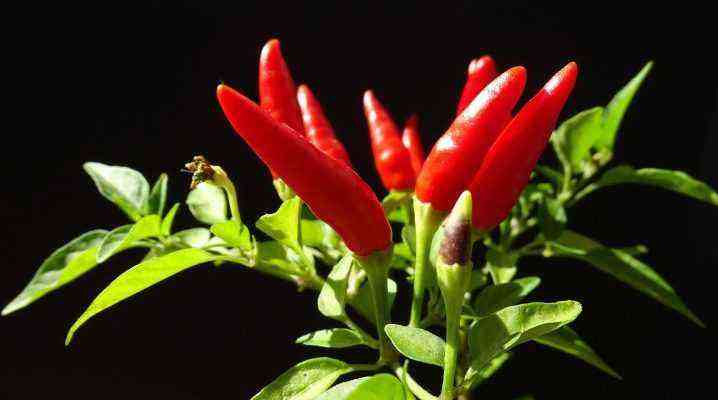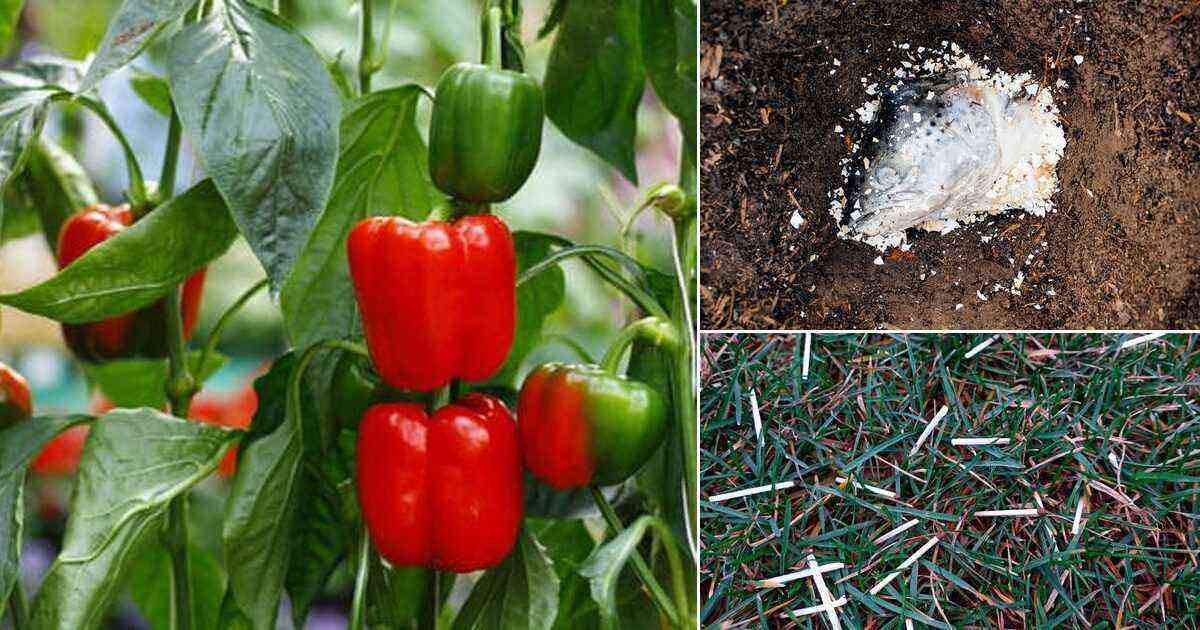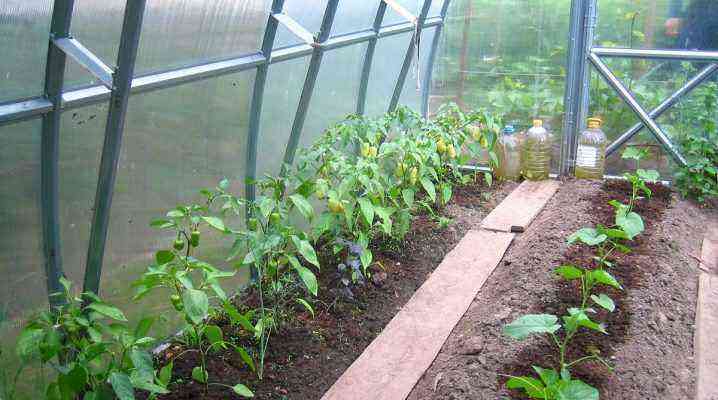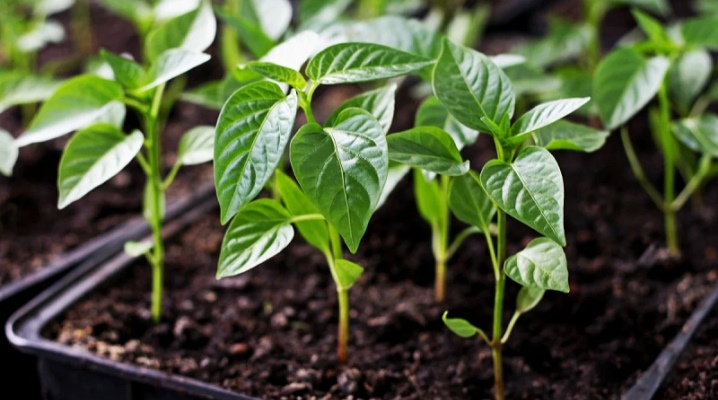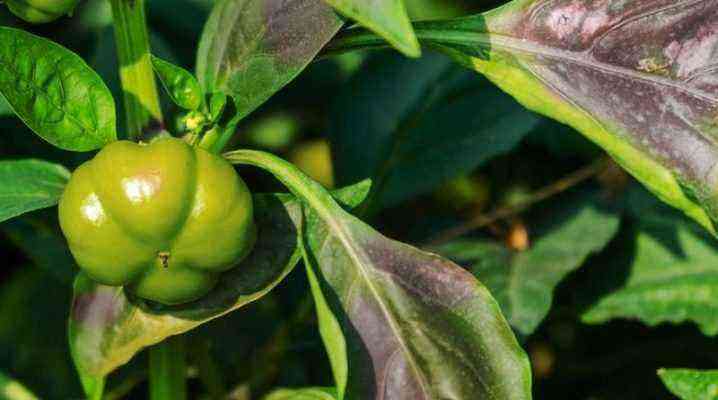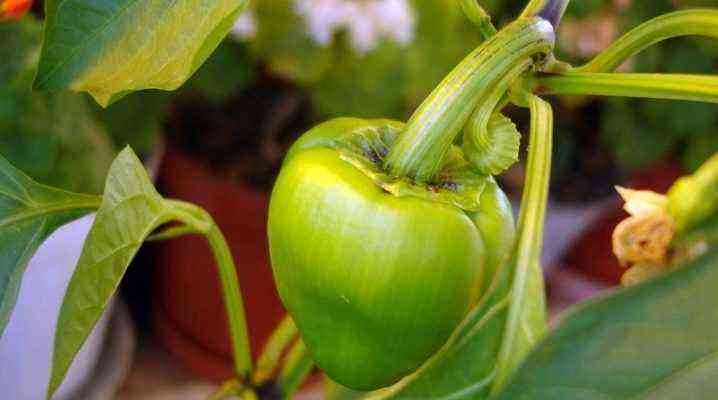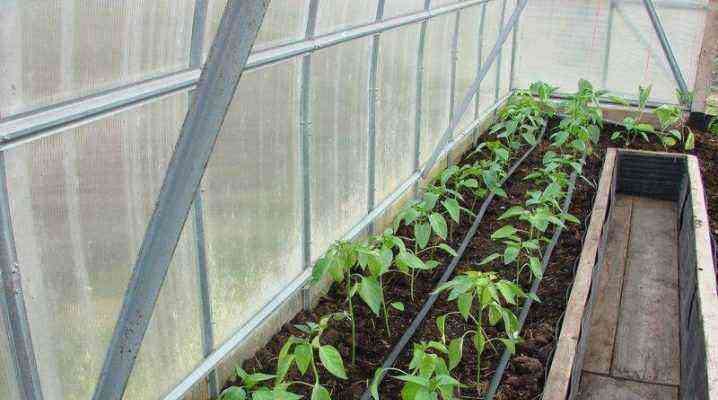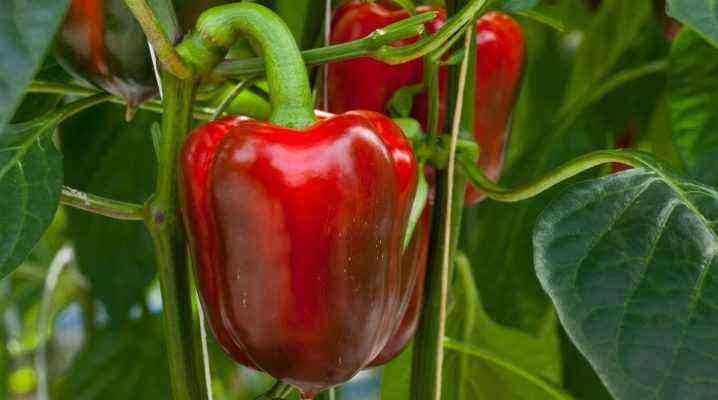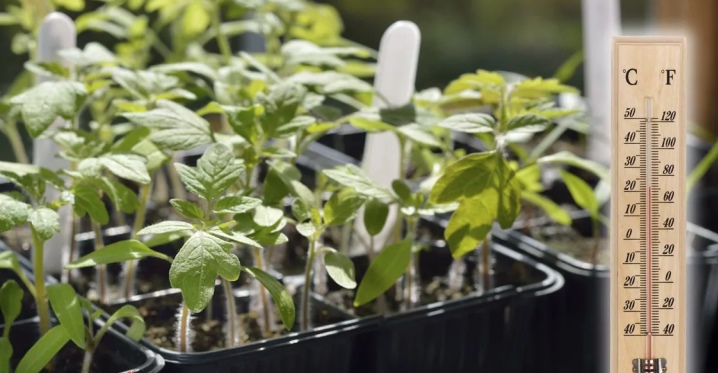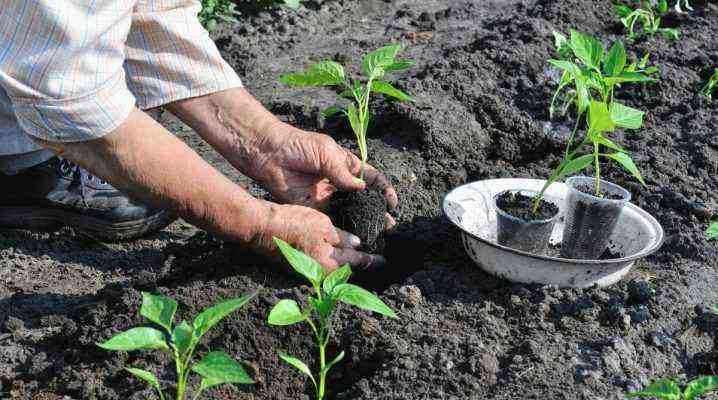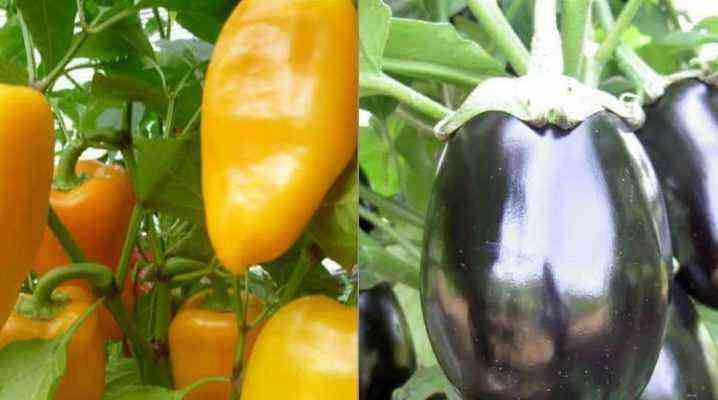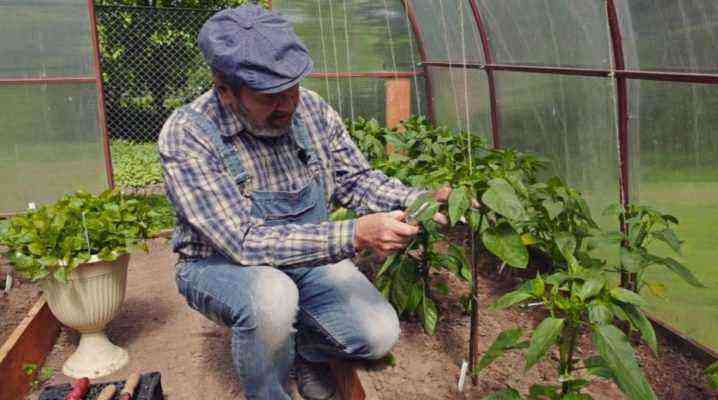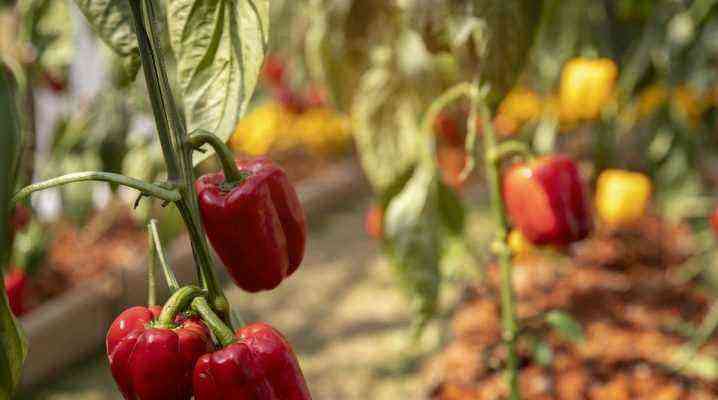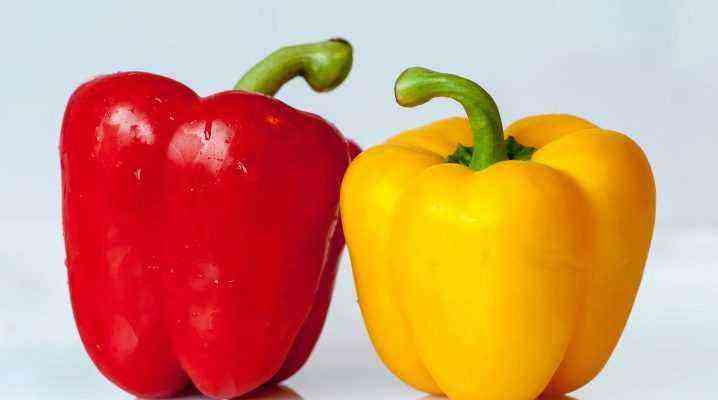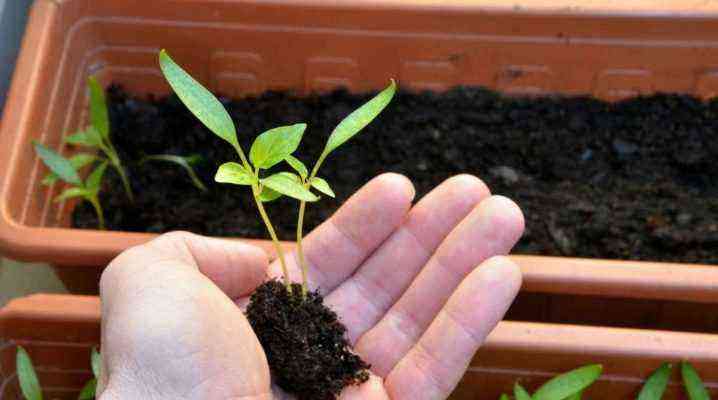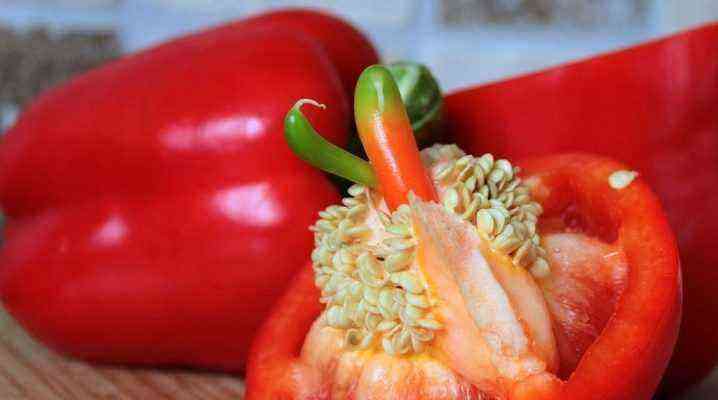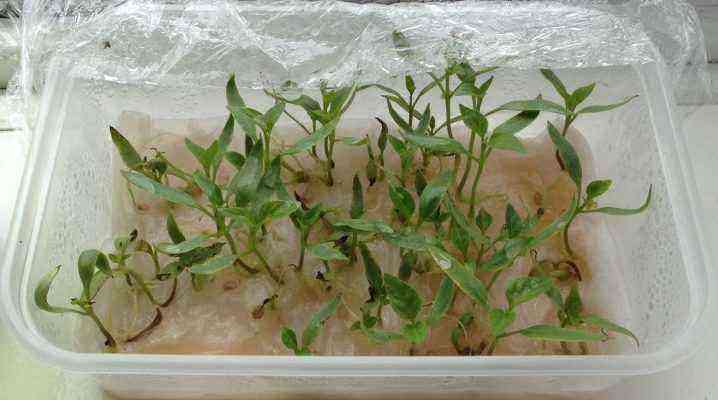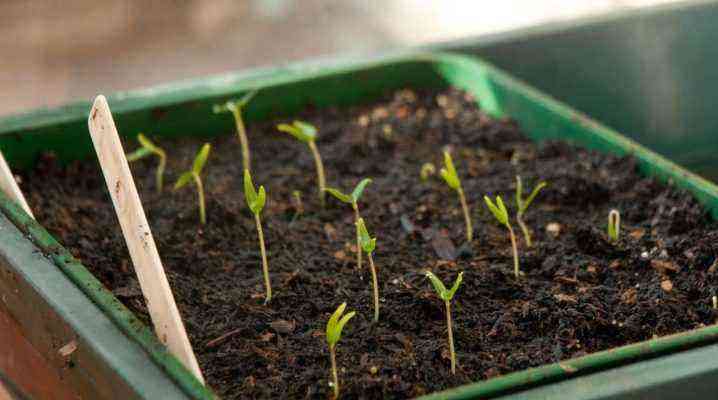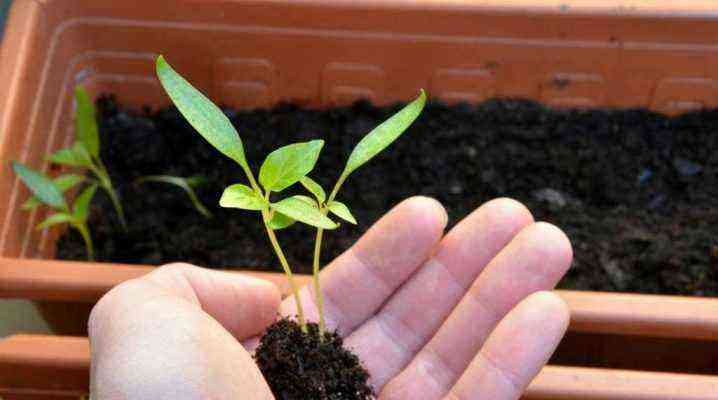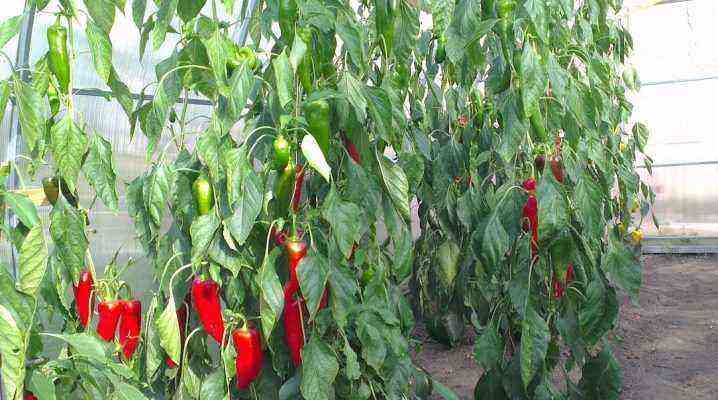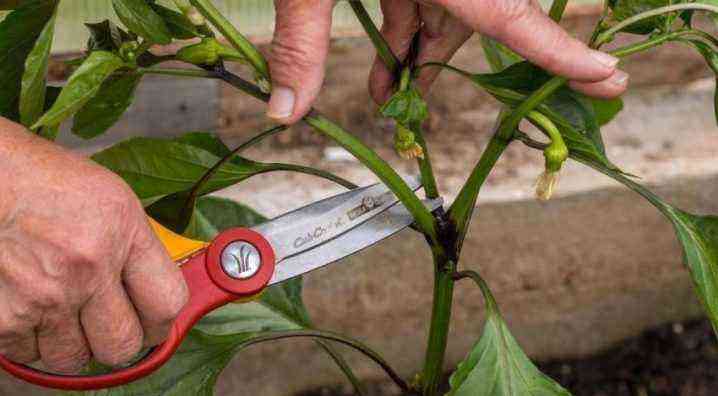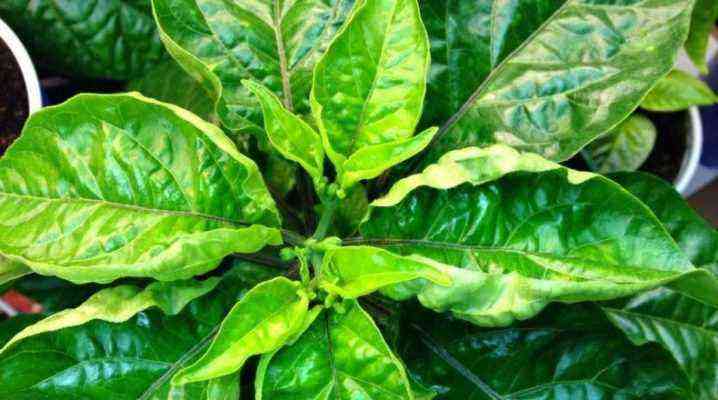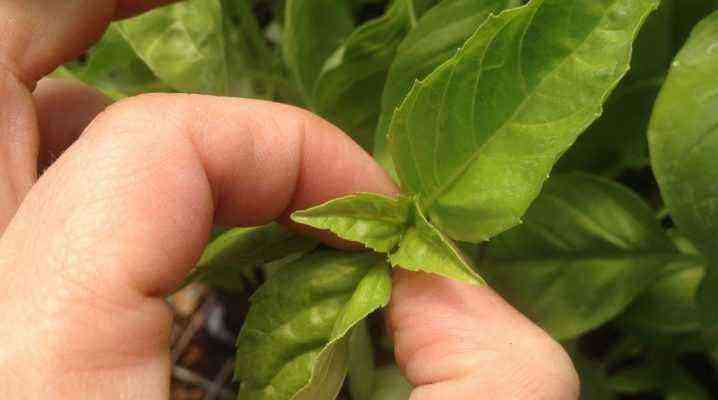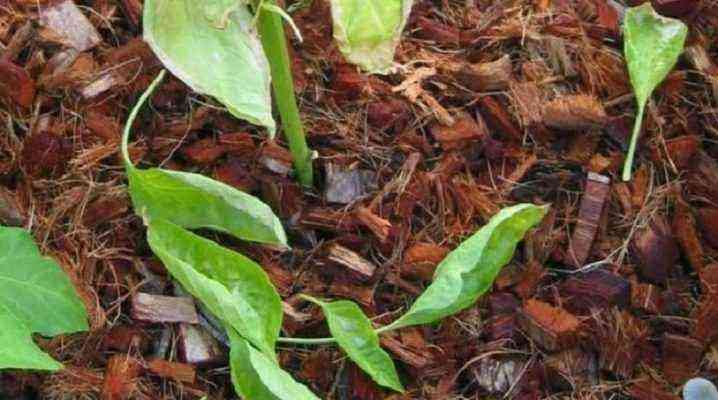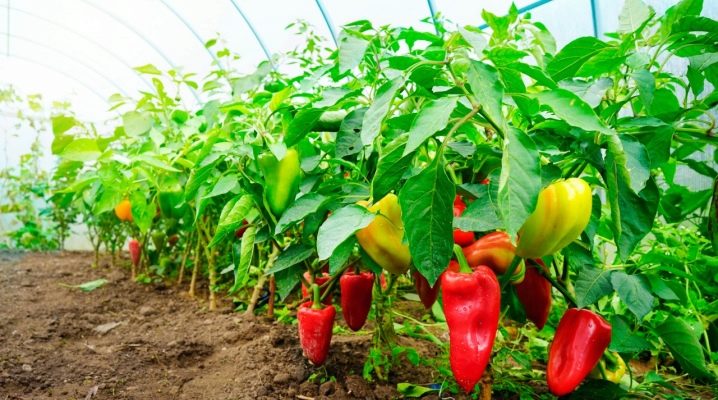
Not everyone is as attentive to the rules of crop rotation as they should be. But a poor harvest, pest attacks and other problems often arise on the site precisely because of ignoring crop rotation. And each crop must be approached separately: to draw up a plan for planting plants for the next season in order to take into account the optimality of crop changes and their favorable neighborhood. For instance, what is better to plant after pepper, and what should not come to replace it.
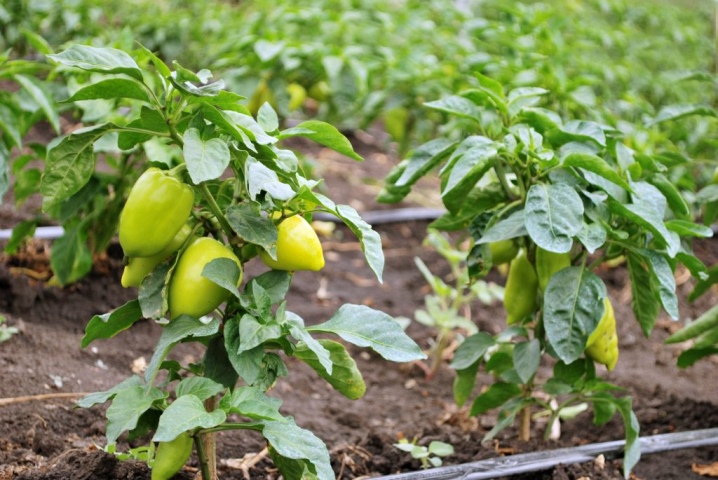
Best options
Planting many crops in the same place is undesirable, because this is not very good for the plant itself and the crop. Plants take valuable nutrients from the soil, and sometimes so much that next year such land will not be able to fully feed a new crop.
And this is only the first reason, the second is the pests that can remain in the ground and attack the new plantings of the next season.
Yes, in most cases, the soil is fertilized before planting new plants, making it richer, replenishing the balance of lost substances. But peppers, for example, are already a very demanding culture, one feeding is not enough. The plant has a superficial root system, that is, it takes the main nutrition from the upper soil layers. This means that the next year after pepper, it is necessary to plant those crops whose root system can physically reach deeper soil layers.

In the open field, immediately after the pepper, it is permissible to plant:
- carrots;
- beets;
- bow;
- radish;
- beans;
- greenery;
- radish;
- garlic;
- various cereals.
These are not ordinary theoretical calculations, but time-tested agrotechnical experience. If peppers grow in a greenhouse, after them radishes and radishes, onions and herbs can be successfully grown there.
It is also important to remember about the pepper itself, which can be both sweet Bulgarian and bitter. So bitter and sweet varietal peppers are not planted next to each other. Even in greenhouse walls, it is impossible to completely exclude cross-pollination, which means that a sweet variety that suddenly gives bitterness may suffer – it will arise precisely because of such a dubious neighborhood.
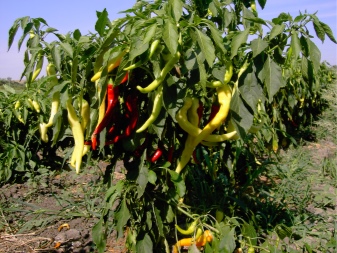
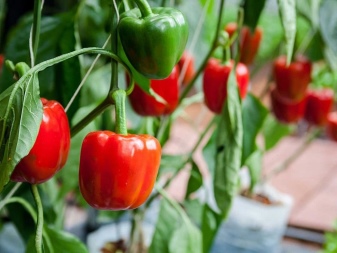
After the autumn harvest, the land must be disinfected. If this is not done, even favorable followers may not grow very well. Before disinfection, weeds are removed, plant residues are removed from the garden. If you sow mustard in this place, it will naturally disinfect the substrate, and also enrich it with valuable nutrients. And you can take the drug “Trichodermin”, it contains Trichoderma spores, which perfectly fight pathogens in the soil, and also quickly decompose plant residues. Yes, and “Fitosporin” is also quite suitable for the purpose of disinfection.
The simplest disinfectant is potassium permanganate. With a dark pink solution, you just need to shed the earth.

In any case, this must be done with any composition, always after the harvest, no matter what is planned to be planted here next year.
Neutral crops
These are plants that calmly tolerate such a predecessor as pepper. If it is not possible to plant something favorable in the spring, then it is better to take a culture from this list.
Neutral cultures:
- spinach;
- beans;
- celery;
- asparagus;
- basil;
- beans;
- head and leafy salads;
- garlic;
- coriander;
- parsley;
- dill.
To restore the substrate after pepper, it is difficult to find something more suitable than legumes. Their root system is such that it will help to saturate the soil with nitrogen, and for spring plantings, for the start of plant growth, this is very important.
Also, instead of pepper, it is quite possible to plant green manure plants in its place. For example, lupins, clover, mustard. They perfectly restore the fertile layer. And during the autumn-winter season, they will naturally turn into humus, useful for future plantings. In the spring, already before planting, the roots and stems will have to be selected.
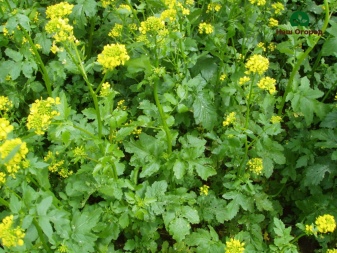

What can’t be planted?
After the harvest of pepper, pests that may have occupied it may remain in the ground. They will safely endure the winter and attack the followers of pepper next season. And these are not only pests, but also pathogens of dangerous diseases, for example, powdery mildew or late blight, root rot.
Therefore, it is definitely impossible to plant after peppers:
- tomatoes;
- eggplants;
- potatoes;
- any kind of pepper.
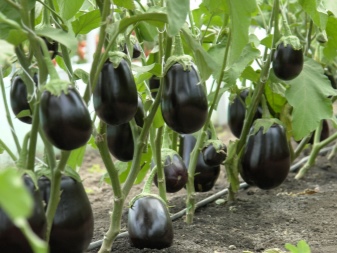
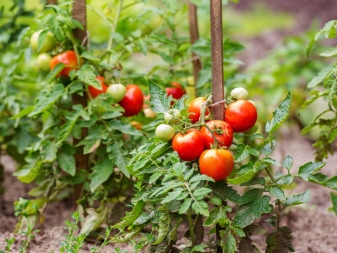
This is a list of what should not be planted categorically. It is undesirable to plant cucumbers, squash, zucchini, melons, watermelons, pumpkins instead of pepper. And such a ban may involve not one missed season, but 3-4 years. Cucumbers and melons and gourds are therefore considered unfavorable followers of peppers, because of them specific toxins accumulate in the soil.
In general, the correct breakdown of the beds is not so difficult, even a beginner can master it. There is such a successfully used classification of garden crops: leafy (greens and salads), fruit (cucumbers, tomatoes, cabbage, peppers), root crops (radish, carrots, beets, radishes), legumes (beans, peas, soybeans). So the seasonal rotation algorithm looks like this: fruit – root crop – bean – leaf. Further, you can detail the fruit shift, looking at your requests in cultivation.
Here’s what a good crop rotation chain might look like for peppers:
- Predecessors. Spinach, lettuce and basil, marjoram, also cucumbers, dill, parsley.
- Followers. Carrots, beets, daikon, beans, and also radishes and radishes.
- neutral cultures. Headed salads, onions, asparagus, legumes, and also garlic, peas.
- Neighbors. Salads, carrots, beans, herbs, garlic, celery, onions, cumin, cilantro.
For some reason, some summer residents often plant cucumbers instead of peppers. But if this is done, then only after 4-6 years, and shortening this shift is simply unprofitable – the harvest will be so-so. Although in themselves these cultures will be peaceful neighbors, in a sense they even protect each other from diseases. Interestingly, peppers can be planted after cucumbers: both hot and sweet varieties will predictably grow well. But the reverse situation is quite different.

It is worth explaining why this is so: the root system of the pepper is such that it will take all the nutrition for the cucumber. It also releases toxins into the ground. Therefore, it is not just necessary to wait for more than one season, but also to cultivate the soil, clean it, disinfect it, and saturate it with a nutrient complex.
There is one more thing: it is often decided to remove the pepper from its “familiar” place and plant something else instead, because the harvest only upsets every year. Perhaps just a pepper and landed where he was uncomfortable. This culture will like warm areas with good lighting, fertile soil that has a neutral reaction. He feels great on small hills, because there the ground will warm up faster. And, perhaps, the point is that peppers were planted after nightshade (potatoes, tomatoes, eggplants), and pathogens of diseases common to crops calmly switched to peppers. It is also worth considering that not a single type of pepper will tolerate drafts.
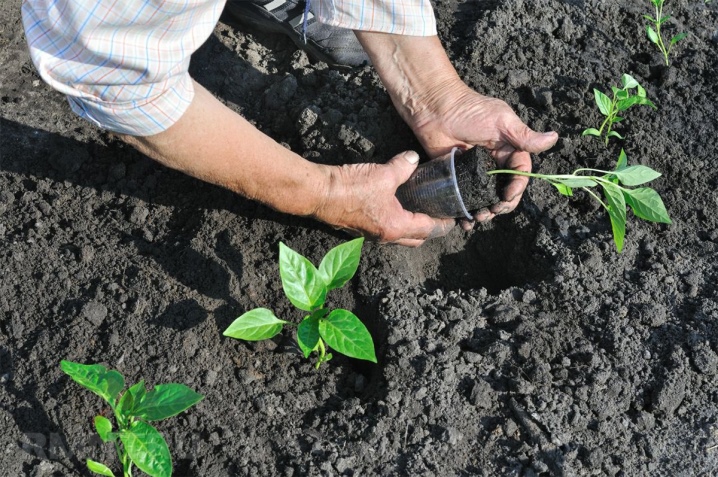
When choosing the right place, taking into account crop rotation, drawing up an individual crop rotation scheme on the site, the forecast for a good harvest will be the most optimistic.
